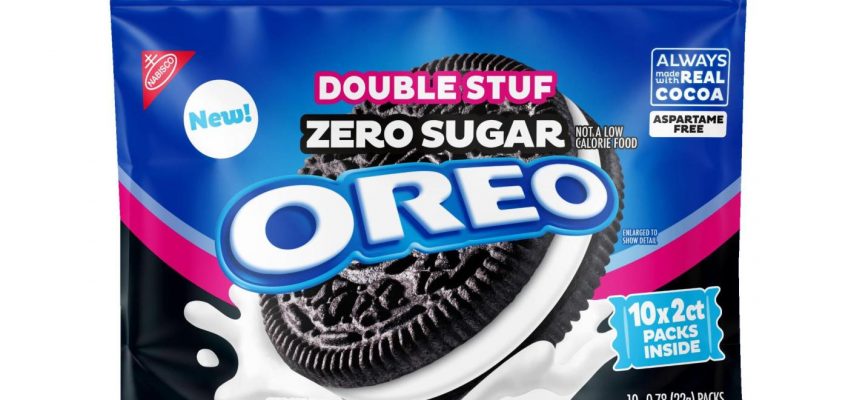A new Metro Transit bus route will connect Washington and Dakota county riders to Minneapolis-St. Paul International Airport and Mall of America while restoring service to the Newport Transit Station.
“It’s a big day for the community and for the east metro to be able to have this expansion of transit,” Washington County District 4 Commissioner Karla Bigham said.
Service for the new Route 345 began Sunday, with the goal of providing “faster and more reliable service to the southeast metro,” according to Metro Transit. Route 345 connects to other routes including the Gold Line, Blue Line and Red Line. Buses will run every hour and service is available between 6 a.m. to 8 p.m. daily.
The new route is said to reduce commute time between Woodbury and the Mall of America by close to 30 minutes, according to Metro Transit.
“Two weeks ago, if someone was trying to make this trip between Woodbury and the Mall of America, they would take Gold Line to the 54, and that would be about an hour and a half total transit travel time,” Metro Transit senior service planner Steve Baisden said. “Now, with Route 345, that travel time is cut almost in half.”
Route 345 was established as part of Network Now, a project designed by the Metropolitan Council to strengthen the regional transit network in response to the impacts of the pandemic, according to Baisden. Along with Route 345, Metro Transit introduced two additional new routes, 725 and 837, and added a few new stops to existing routes. These new routes were funded through the council’s Regional Transportation Sales and Use Tax, according to Metro Transit.
“It’s a new route, so it will inevitably expand network access and improve regional accessibility, mainly along the Highway 62 and I-494 corridor,” Baisden said. “Route 345 will also restore service at Newport Transit Station, as well as serving the various communities along the route.”
More than a year ago, the Metropolitan Council and the Red Rock Corridor Commission, which Bigham chairs, re-envisioned what the Red Rock Corridor transit line would look like, Bigham said. The idea for Route 345 came from transit and ridership data, as well as conversations with residents and stakeholders about the need for a route traveling from east to west, Bigham said.
“We didn’t have public transportation in the east metro, like Washington County, to the airport or to the Mall of America, which is pretty important,” Bigham said.
Bigham said Route 345, which connects with the Gold Line in Woodbury, will be an even greater resource when the Gold Line extends into Minneapolis.
“I think it’s going to serve multiple residents in their needs to access transit,” Bigham said. “Folks that either don’t have a vehicle or are in a one-car household, it allows people to have access to our communities, and I think it’s a long time coming.”
In Woodbury, Route 345 stops at Woodlane Station, which also serves routes 323, 355, and Metro Micro along with the Gold Line.
The new route also serves the newly reopened Newport Transit Station, which had experienced low ridership numbers before it temporarily closed in the spring of 2020, according to Baisden.
Bigham said she expects Newport ridership to increase with the new route.
Related Articles
Dad (or Mom) Jokes not welcome in your house? Channel them into the MnDOT snowplow naming contest
Washington County, church agree to $7.35M package for Lake Elmo Avenue-Minnesota 36 interchange land
Bronze Line to replace Purple Line, hybrid route to run St. Paul-Maplewood
Woodbury cop and son survive DUI crash, urge holiday partiers to find another way home
Punsters, now is your time to shine: Washington County launches this year’s snowplow-naming contest
“This is a route that’s providing new connections that were not possible prior to the pandemic,” Baisden said. “It’s trying to respond to the changing travel patterns of riders. Trying to get riders from a certain area or certain areas within the southeast metro to either jobs or services in the south metro.”
In West St. Paul, the new route connects with Route 68 at Robert Street and Marie Avenue and Route 75 on Livingston Avenue.
Baisden said Route 345 in the future will also connect to the G Line along South Robert Street, which is scheduled to open in 2028.
Route 345 has three Park & Ride lots at Woodlane Station in Woodbury, the Newport Transit Center and at 30th Avenue Station in Bloomington.
For more information on the bus map and schedule, visit metrotransit.org.




